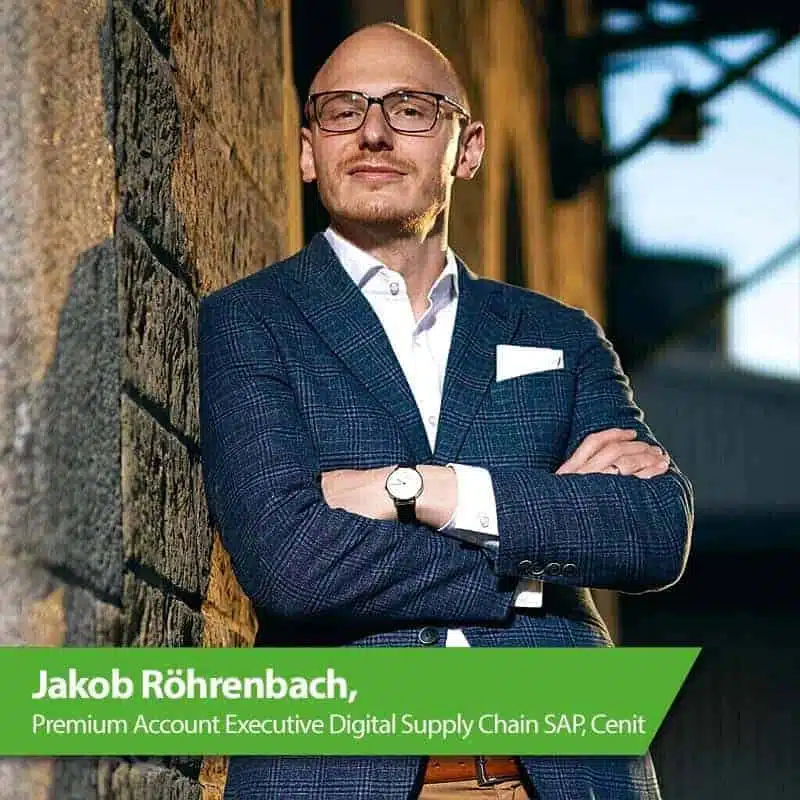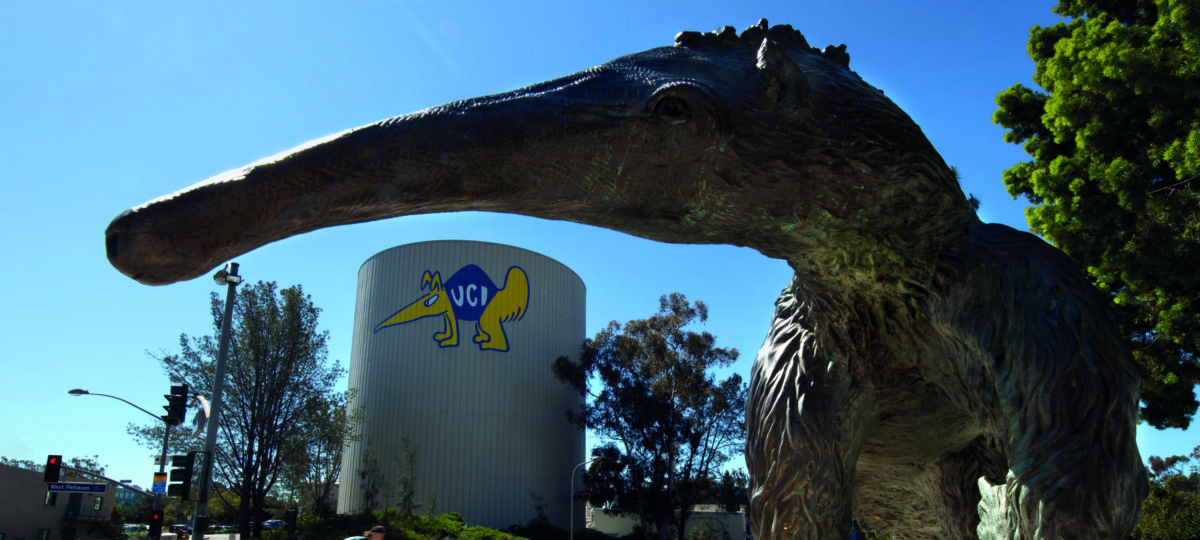Design to Operate and Closed Loop Engineering
![[shutterstock.com: 407936329, everything possible]](https://e3mag.com/wp-content/uploads/2020/08/shutterstock_407936329.jpg.webp)

The central processes of any company can be grouped into the following four areas: Source to Pay (all processes for finance); Hire to Retire (includes HR processes); Lead to Pay (control processes for customer relationships); Design to Operate (the process chain from development to operation).
Ideally, these four core processes are based on a uniform technology platform. SAP calls this "Intelligent Suite", which consists of the central building block S/4 and is supplemented by intelligent technologies such as machine learning, analytical models and Big Data. The Intelligent Suite can be used both via the classic operating model, i.e. on-premises, or in innovative operating models, i.e. cloud or hybrid models.
Excellent production processes
New products arise from an idea for something fundamentally new or the optimization of an existing solution. During development, a great deal of information and suggestions are consolidated. Together with customers and partners, initial prototypes are developed in the early stages and continuously taken to product maturity. Once the product ideas have been developed, all these individual components have to be produced and later assembled.
The next step is to deliver the manufactured products as quickly as possible. This requires stable logistics processes. Once they have been put into operation, the products and systems must be kept operationally reliable for as long as possible in order to enable high capacity utilization while offering the customer optimum service. However, since nothing works consistently in the manufacturing industry today without end-to-end processes and powerful software, this is where the software products and solution approaches from SAP and Cenit come into play.
Today, manufacturing companies must react flexibly to changes in the market, produce a large number of product variants in small batch sizes, and use a continuous improvement process to transform new innovations into successful products. Closed loop engineering offers the potential to digitally map digitization across all steps of product creation. Development, planning and design are integrated here, as are purchasing and controlling. The data from production and assembly enable the service department to provide optimum operational reliability at the customer's site.

Closed Loop Engineering
Excellence in production is made possible because all these areas are integrated in the design-to-operate process. A homogeneous system landscape based on SAP standard software supports the provision of digital information as well as the synchronization of production processes.
Using ideal-typical roles, I exemplify the respective tasks and dependencies in the design-to-operate process in a manufacturing company.
Starting with customer feedback, feedback from the sales department and from partners, the first product innovations are derived. When the decision is made to implement the requirements in the project, the product or program manager takes over the more detailed pre-specification, starts the project, calculates the cost framework and involves the system engineer, who checks the specifications. The design engineer maps out the new components mechanically, electrically, or software-wise and brings in the required suppliers.
The program manager continuously keeps an eye on the project progress and detects deviations at an early stage. Conformity according to internal and external specifications is checked and released, so that the processes for manufacturing can be checked for feasibility and manufacturing planning can be carried out. Once manufacturing is complete, the product can be shipped, and the program manager completes the actual project.
Synchronization of the processes
Now it is the customer service's turn to ensure the operation of the plant or product in accordance with the customer's requirements. Necessary maintenance, repairs and conversion measures are carried out by the service technician on site at the customer during the product life cycle. The feedback from the customer in turn flows directly into further improvements and optimizations of the plant or product. Closed Loop Engineering thus offers a holistic concept from a single source from SAP and Cenit.
The digitization of commercial business processes has reached a very high level of maturity in modern manufacturing companies. The success of standardized ERP (Enterprise Resource Planning) solutions in large companies began 50 years ago. Since the 1990s, specific industry solutions derived from these have also become established in medium-sized companies. The focus here is on planning and managing business transactions of a business and logistics nature, from the offer to the customer to invoicing (lead-to-cash processes).
The current situation is quite different when it comes to production processes. To date, decentralized data structures and fragmented process flows have persisted in manufacturing. However, differentiation from the market environment and the generation of new business opportunities will only be possible if, in addition to the already digitized lead-to-cash process, a consistently mapped design-to-operate process is also implemented. The synchronization of these central business processes must therefore be an elementary component of a holistic digitization strategy.

The customer in focus
Companies that digitally dovetail the two key business processes create the conditions for placing the customer at the center of all activities. The technology behind this is closed loop engineering: end-to-end digitization enables the optimization of the product and its processes in a closed loop.
Cenit's products in the overall context of Design to Operate represent precisely this holistic approach and offer a modular solution portfolio to complement SAP ERP. The digital twin already forms the basis of the process in the early phase of the product lifecycle. This digital twin is enriched with data with each step in Design to Operate and thus transparently documents the physically completed manufacturing steps.
Summary
Design to Operate is a central component of SAP's offering for the intelligent enterprise. SAP thus also holistically covers the requirements of the manufacturing industry. With the availability of scalable SAP standard software and Cenit's closed-loop engineering concept, successful manufacturing companies are given the opportunity to implement state-of-the-art manufacturing processes.
Companies that place their customers at the center of all their activities have the opportunity to clearly differentiate themselves from the market environment in the future. The resulting data is consolidated across all production steps and its digital twin is created in parallel to the physical product. This opens up new business models and attractive niche markets.









